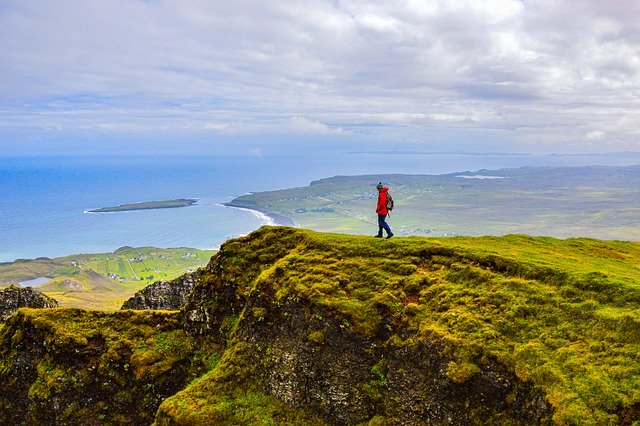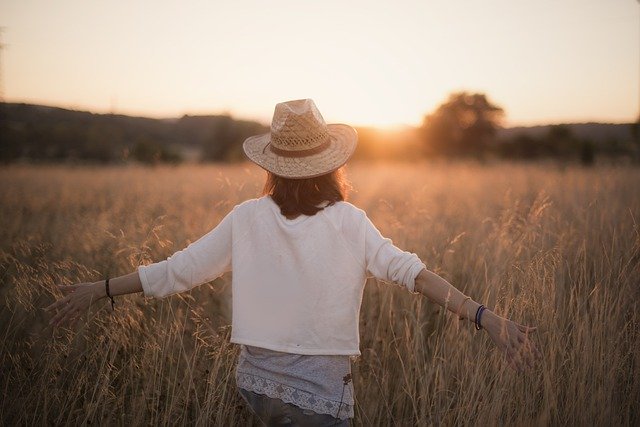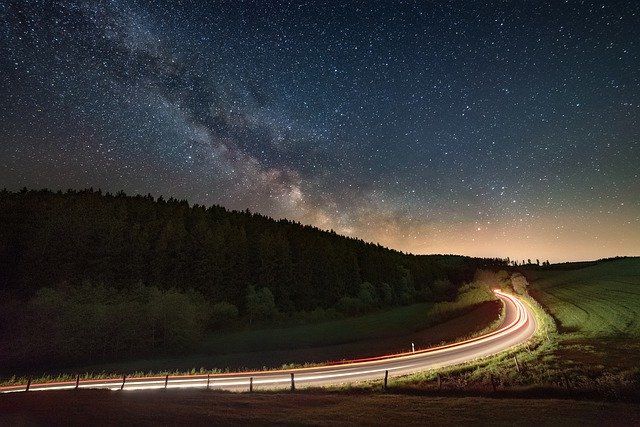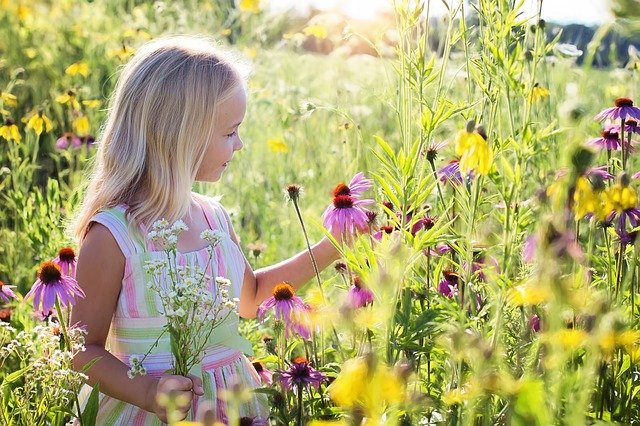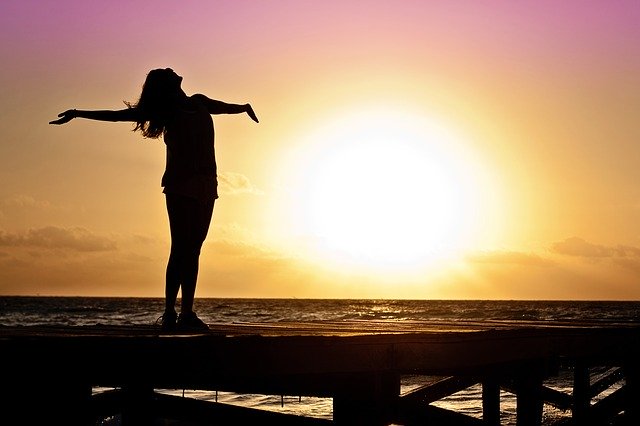Mitra Manesh introduced the concept and practice of intentional imagination in a guided meditation podcast produced by MARC, UCLA. Mitra has been practising and teaching meditation for 35 years and combines Eastern and Western approaches to meditation particularly for application within the corporate world. She has developed the Inner Map app to enable people in the workplace and elsewhere to readily access and practise meditation and mindfulness. Mitra also provides mindfulness approaches in her brief videos on Vimeo©. In an earlier podcast, she provided an insightful meditation on the meaning of love.
Mitra points out at the outset that we all have and use imagination all the time. The very act of worrying involves imagining an undesirable future. In our dreams, our imagination holds sway and is not censored by the light of day. Everything that we see around us – the buildings, bridges, tables, computers – were firstly imagined by somebody. Imagination is what exists beyond our senses and yet it can create the reality that we see, feel, taste, hear and smell. The power of imagination, then, is that it can make things happen. As Napoleon Hill is quoted as saying, “Whatever the mind can conceive and believe, it can achieve”. Intention, focus, and imagination together can create a new reality in your life.
Intentional imagination meditation
Mitra introduces her intentional imagination meditation by combining sensation with imagination. After becoming grounded you are encouraged to feel the sensation of your feet on the floor or ground and then imagine drawing the energy of earth up through your feet, through your legs to your belly. While resting in this sensation of strength, you can engage in conscious breathing, noticing the movement in and out as your belly expands and contracts with each breath. You can return to your feet again at any time, imaging that you are drawing up more energy into your belly and drawing on the connection and support that surround you.
After a period of silent and restful meditation, Mitra encourages you to envisage some current difficulty (that is relatively small) that you have in your life. You then imagine placing it in the corner of a very large room – thus reinforcing your perception of it as small and insignificant. Now imagine moving to another spacious corner and sensing the feeling of resolution of that difficulty. You can even smile if that helps you to tap into the sensation of resolution, success and achievement.
Imagination can free us from false beliefs, enable us to see possibilities and enhance the power of mindfulness practices such as Tai Chi. We can integrate imagination in many forms of meditation, e.g. in mantra meditations. Imagination can take us outside of ourselves and help us to develop loving kindness and compassionate abiding.
Reflection
We so often overlook the power of imagination to create a better life – we let it control our thoughts by imagining a harmful future. Particularly in these challenging times, we need to draw on our imagination to create new possibilities that are adaptive and life-enriching. As we grow in mindfulness through mindfulness practices, intentional imagination meditation and reflection, we can access our creativity and build a better future for ourselves and those we interact with.
__________________________________
Image by Bronisław Dróżka from Pixabay
By Ron Passfield – Copyright (Creative Commons license, Attribution–Non Commercial–No Derivatives)
Disclosure: If you purchase a product through this site, I may earn a commission which will help to pay for the site, the associated Meetup group and the resources to support the blog.

